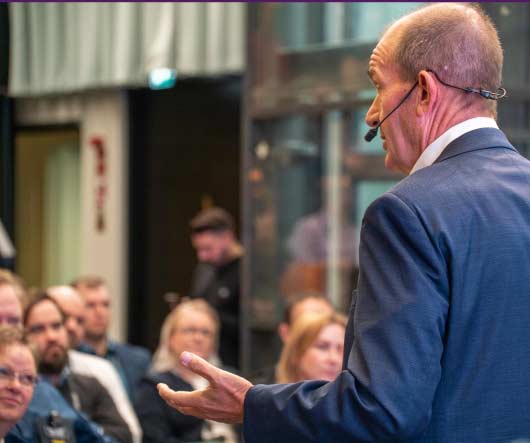The world is crazy. There’s a war in Ukraine. The UK has a cost-of-living crisis as energy prices are rising, and loads of people are moving into fuel poverty. There’s inflation, strikes, and the looming threat of a recession and catastrophic climate change.
The current environment I describe is very stressful, with many things you cannot control, which makes a few things on the path forward uncertain.
read more…



